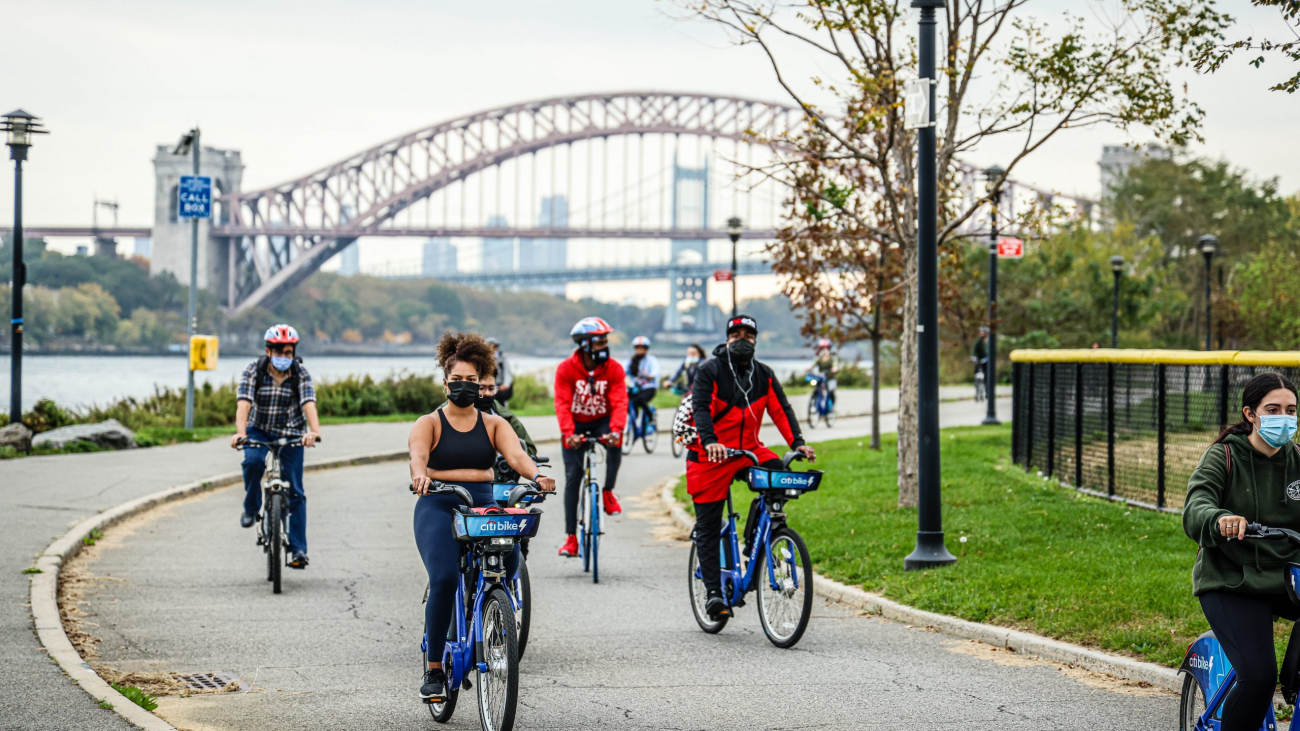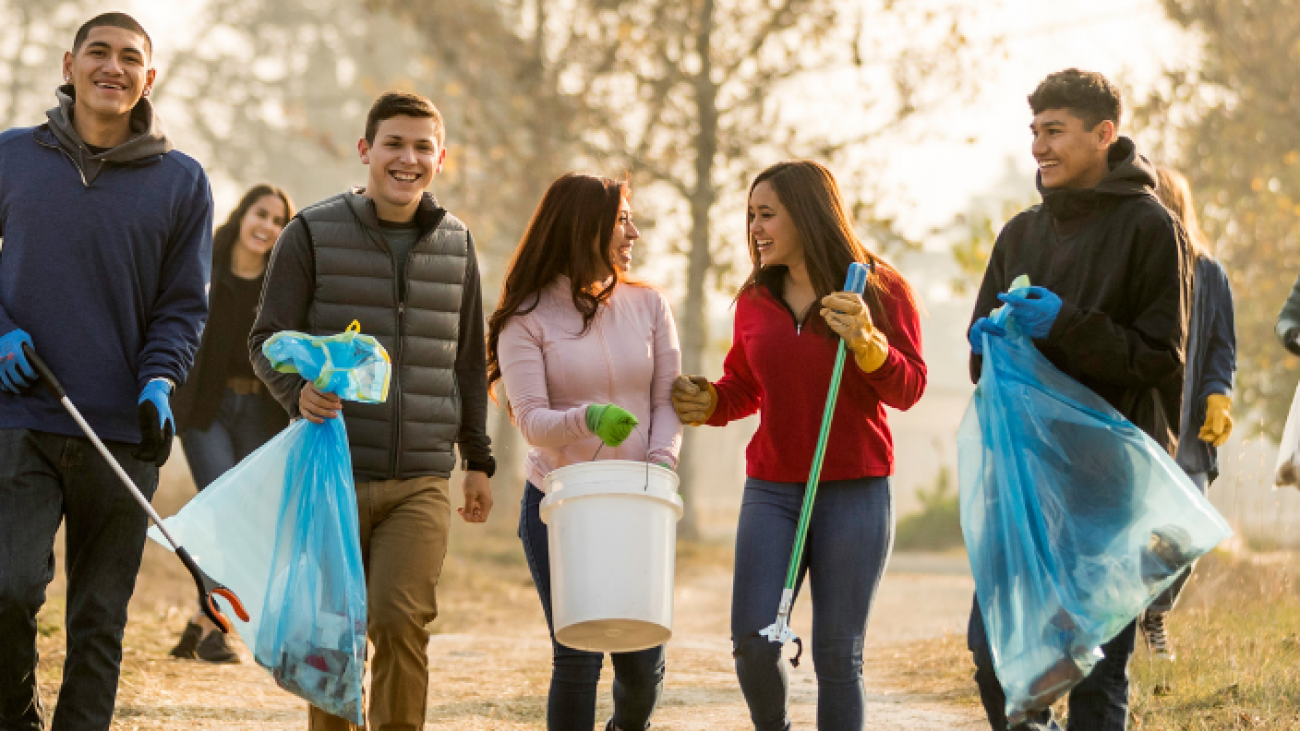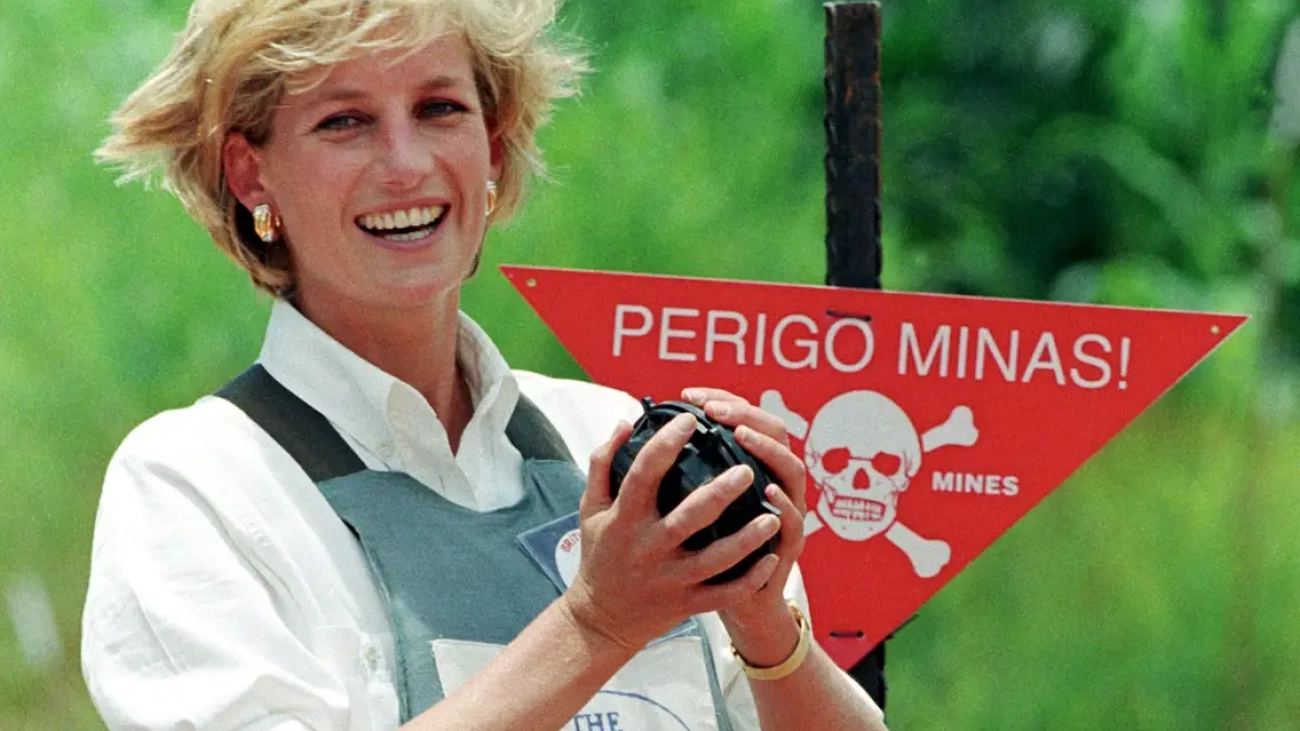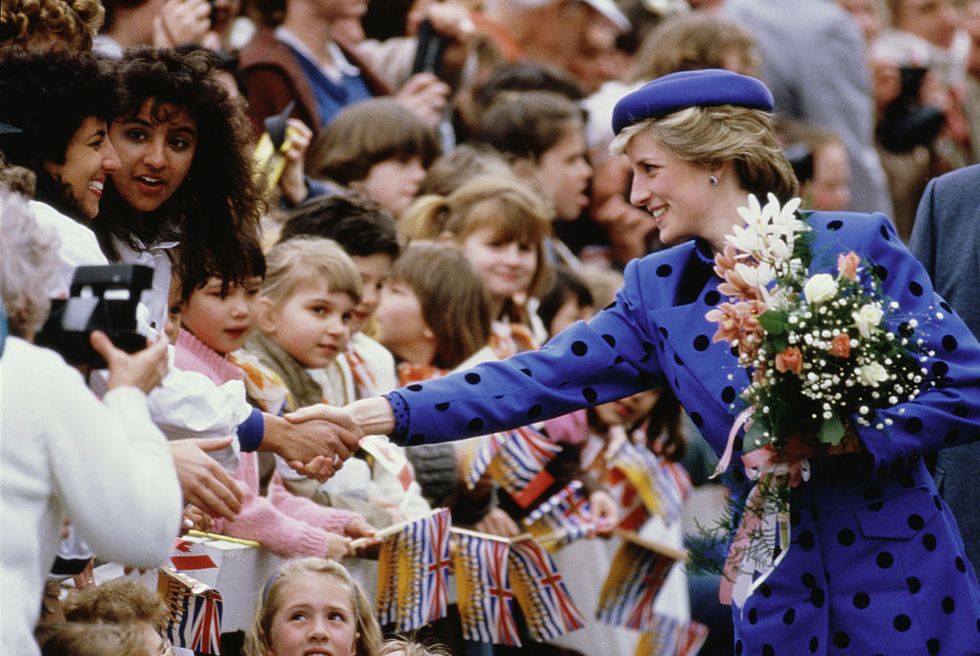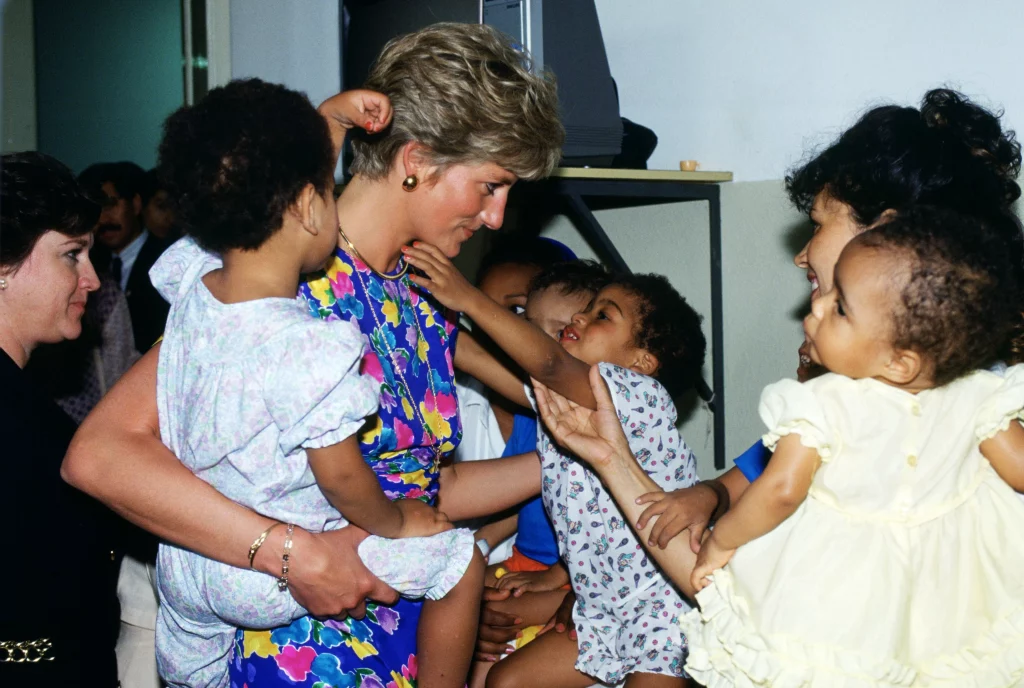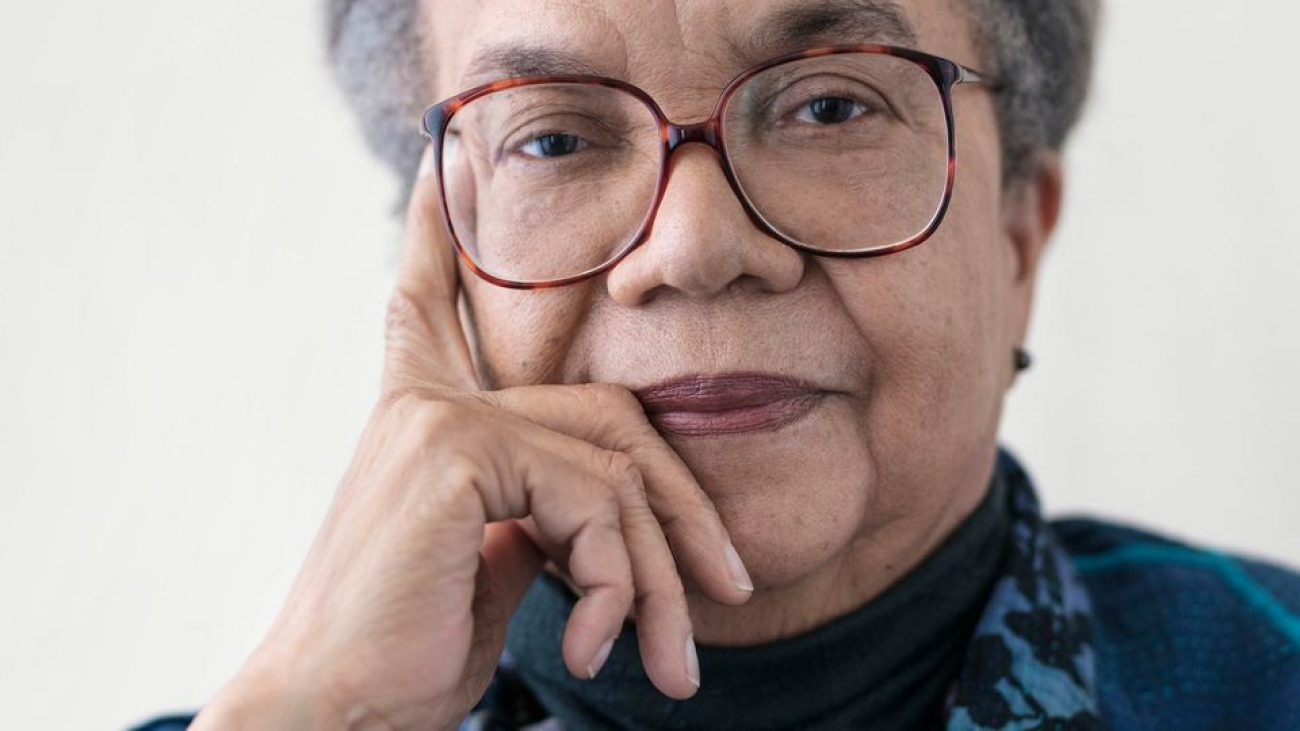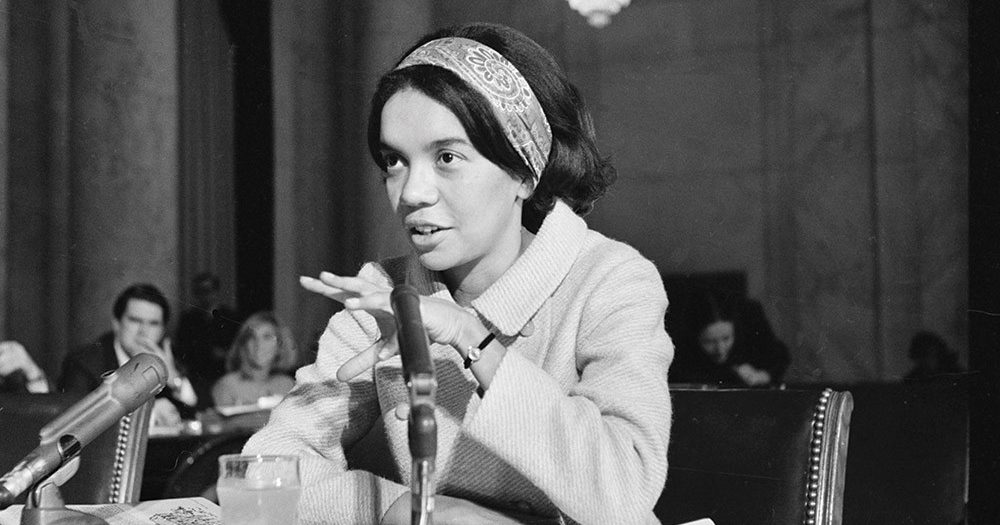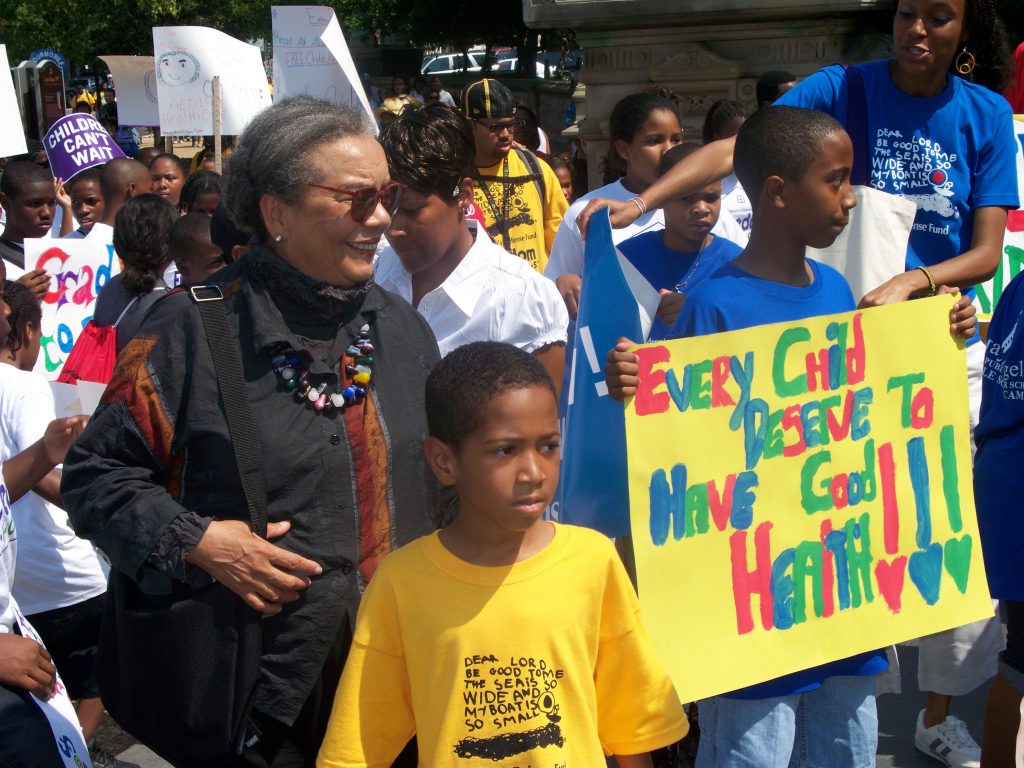By working together, companies and nonprofits can use their resources and expertise to address some of the most pressing issues facing our communities. When companies partner with nonprofits, they can achieve more than they could on their own. They can reach a wider audience, raise more money, and make a bigger impact.
There are many ways for companies and nonprofits to partner. They can collaborate on fundraising campaigns, volunteer their time and expertise, or donate products or services.
Benefits of Partnerships
Companies can:
- Improve their corporate social responsibility (CSR) profile
- Engage their employees in meaningful work
- Gain access to new markets and customers
- Enhance their brand reputation
Nonprofits can also benefit from partnerships with companies. They can:
- Gain access to new resources
- Increase their visibility and reach
- Attract new volunteers and donors
- Achieve their mission more effectively
Types of Partnerships
- Fundraising partnerships: Companies can donate money or match employee donations to support a nonprofit’s fundraising efforts.
- Volunteer partnerships: Companies can encourage their employees to volunteer their time to a nonprofit.
- Product or service partnerships: Companies can donate products or services to a nonprofit or partner with a nonprofit to create a new product or service.
- Cause marketing partnerships: Companies can create marketing campaigns that promote a nonprofit’s cause and donate a portion of the proceeds to the nonprofit.
How to Find a Partner
If you’re interested in partnering with a nonprofit, there are a few things you can do to find a good fit. First, consider your company’s CSR priorities and goals. What are the issues that you’re most passionate about? What are your company’s strengths and resources?
Once you have a good understanding of your company’s needs, you can start to research nonprofits that align with your values and goals. There are many resources available to help you find nonprofits, including online directories, search engines, and nonprofit consultants.
When you’re evaluating potential partners, it’s important to consider the following factors:
- Mission alignment: The nonprofit’s mission should align with your company’s CSR priorities.
- Complementary strengths: The nonprofit should have strengths that complement your company’s strengths.
- Trust and credibility: You should trust the nonprofit and believe in its ability to achieve its mission.
Examples:
- Nike: Nike partners with the Nike Foundation to support girls’ education in Africa.
- Microsoft: Microsoft partners with Code.org to teach computer science to students around the world.
- Starbucks: Starbucks partners with CARE to provide clean water to communities in need.
